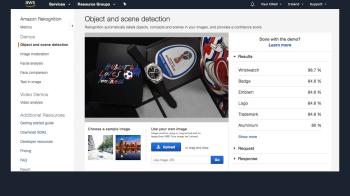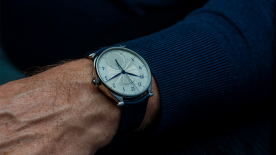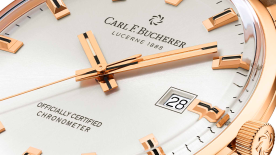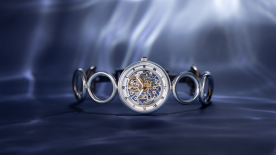The world’s first police force dates back to pre-Urban Jürgensen but post-Jaquet Droz. The “Bow Street Runners” were founded in London in 1749 by John Fielding and paid for by public money. Almost 250 years ago, Fielding already knew that information would be key in the administration of justice. He kept records of suspects and stolen property, including a “watch book” that listed the manufacturers’ names and serial number of stolen watches. These could be circulated to pawnbrokers around London to prevent the thieves from selling on these stolen goods.
Two and a half centuries later, the watch, now worn on the wrist, is much more ubiquitous and much more difficult to track. Certain manufacturers offer the possibility of requesting extracts from the archives, but these only ever indicate to whom the watch was originally sold. A version of the watch book still exists today, and is still maintained from London, but it is now called the “watch register” and costs a steep £10 per individual search for curious individuals, although it is free of charge for law enforcement agencies. Nowadays, however, rather than just being a statistic of crime, the wristwatch could also help to solve it.
Technology and surveillance in some parts of the world have now evolved to such an extent that it is increasingly difficult for lawbreakers to meld into their surroundings. Television shows such as “Hunted”, aired on Channel 4 in the United Kingdom, have shown just how difficult it is to shake off your digital footprint, and just how powerful the technology is that law enforcement agencies have at their disposal to track citizens. With the tiny community of the Shetland Islands (one of the smallest local communities in the UK) having more CCTV cameras than the San Francisco Police Department, the odds seem stacked against the felon in the United Kingdom.
Even if a crafty crook had managed to evade the cameras, image recognition is now at a stage that goes far beyond recognizing a face based simply on the distance between the eyes and the width of the nose. They can even look beyond the face to recognize a person’s gait, gestures and body mass. So when an image recognition system trawling through data from hundreds of cameras recognizes someone with a similar gait getting into a car, or identifies the same Patek Philippe Nautilus perpetual calendar on his wrist, the net starts to close in. Where watches were once one of the pillars for early data-driven investigative work, they may in future allow detectives quickly to find the horological needle in the big data haystack.
If this sounds far fetched, I encourage you to visit the website for Amazon Rekognition and see how powerful if it is. If you have an Amazon AWS account, sign in and upload your favourite watch photo and you will be amazed. You can see an example of object detection in the cover image of this editorial and facial analysis on the photo of Djibril Cissé below.





